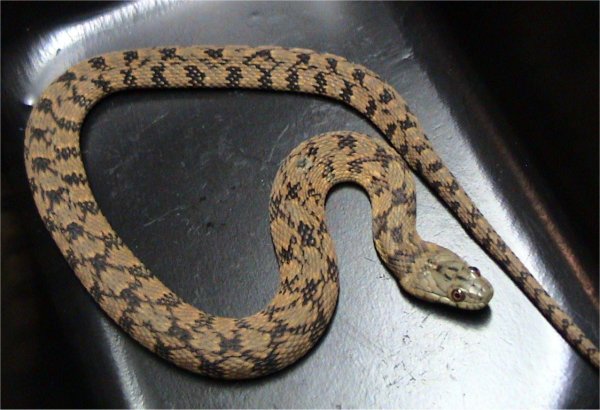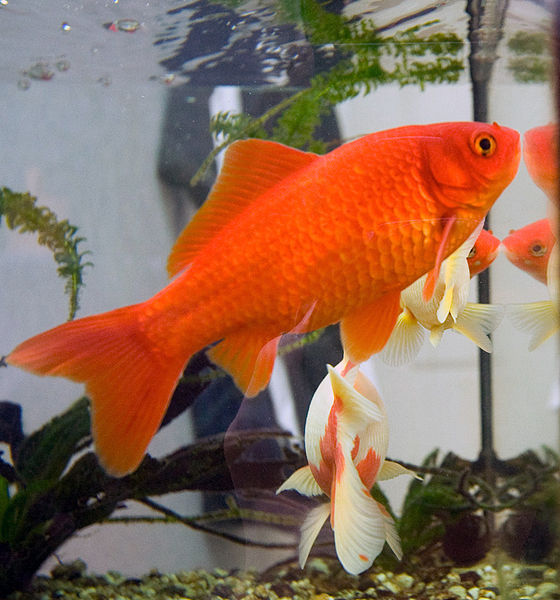A Control Program Backfires
Please see Part I of this article for background information. With introduced green iguanas (Iguana iguana) driving endangered burrowing owls from their nests and raccoons (Procyon lotor) devouring sea turtle eggs, the Florida Department of Environmental Protection initiated control measures. At a preserve in Dania Beach, an intensive trapping and collection campaign greatly reduced the numbers of both species, but an unexpected consequence of these efforts soon became apparent.Within a year of the raccoon numbers being brought under control, iguana populations skyrocketed. In one area of the park, researchers counted 626 iguanas per square kilometer (0.4 square miles)…an unprecedented density for any lizard species!
It seemed that raccoon predation had been a very effective control on iguana numbers. Although hawks, gray foxes, night herons, alligators and other animals prey upon iguanas, only raccoons take eggs, hatchlings and sub-adults in significant numbers.
Iguanas…Here to Stay?
Young iguanas are now especially common at the site, pointing towards an even greater population increase in the future. Hand-collection, although possible, is a daunting task, so biologists are looking into alternate control measures. Meanwhile, spurred by ample food and little competition, lizards as young as 2 years of age are laying eggs.
In Belize, black rats effectively control one green iguana population by taking nearly every egg laid. However, Florida’s parks already have enough problems without black rats…in fact, their notorious cousin, the Norway rat, is already a resident of many!
Further Reading
It was my good fortune to work with green iguanas in a natural, if somewhat unusual (i.e. treeless) habitat. Please see my article, The Green Iguana on the Venezuelan Llanos for the story.
To learn more about the challenges and rewards of keeping these impressive lizards, please check out our care guide, Green Iguanas.
 That Reptile Blog – Reptile, Amphibian and Exotic Pet Care and Information
That Reptile Blog – Reptile, Amphibian and Exotic Pet Care and Information

 Background color varies through shades of pale gray to dark brown, with reddish to black cross-bands. Juveniles are brightly marked, while the colors of older animals usually darken. Stoutly built, the northern watersnake may reach 4 ½ feet in length, but averages 3 feet.This species interbreeds with its subspecies, the midland water snake, which may confuse identification at range overlaps.
Background color varies through shades of pale gray to dark brown, with reddish to black cross-bands. Juveniles are brightly marked, while the colors of older animals usually darken. Stoutly built, the northern watersnake may reach 4 ½ feet in length, but averages 3 feet.This species interbreeds with its subspecies, the midland water snake, which may confuse identification at range overlaps. This snake can build up large populations in suitable habitat but, in my experience, does not adjust well to human presence (it is sometimes killed in the mistaken belief that it is venomous and reduces game fish numbers).
This snake can build up large populations in suitable habitat but, in my experience, does not adjust well to human presence (it is sometimes killed in the mistaken belief that it is venomous and reduces game fish numbers). Well, we’ve come a long way since the anole “sugar water days” (the recommended diet for green anoles sold at circuses in the 1960’s). Following is a mix that I and others have found useful for anoles, geckos, basilisks, skinks and others.
Well, we’ve come a long way since the anole “sugar water days” (the recommended diet for green anoles sold at circuses in the 1960’s). Following is a mix that I and others have found useful for anoles, geckos, basilisks, skinks and others. The controversy is important because goldfishes are the least expensive and most readily available “feeder fish”. They are also available in a wide variety of sizes, allowing owners of large reptiles and amphibians to offer their pets a whole fish, and a more substantial meal than a large golden shiner. This is preferable, from a nutritional standpoint, to feeding cut pieces of a Tilapia or other large food-market fish.
The controversy is important because goldfishes are the least expensive and most readily available “feeder fish”. They are also available in a wide variety of sizes, allowing owners of large reptiles and amphibians to offer their pets a whole fish, and a more substantial meal than a large golden shiner. This is preferable, from a nutritional standpoint, to feeding cut pieces of a Tilapia or other large food-market fish. Experience has since established that goldfishes may be safely fed to reptiles and amphibians on an occasional basis, i.e. once monthly, but should not be used as a dietary staple.
Experience has since established that goldfishes may be safely fed to reptiles and amphibians on an occasional basis, i.e. once monthly, but should not be used as a dietary staple. Bent-toed geckos (Genus Cyrtodactylus, i.e. C. louisiadensis and C. irianjayaensis) are becoming ever more popular in captivity but, while a fascinating group, their care is often fraught with difficulties, and there is a great deal of conflicting information being circulated. A recent note from blog reader Dave, upon whom I can always count for interesting comments and questions, brought these wonderful creatures to mind again.
Bent-toed geckos (Genus Cyrtodactylus, i.e. C. louisiadensis and C. irianjayaensis) are becoming ever more popular in captivity but, while a fascinating group, their care is often fraught with difficulties, and there is a great deal of conflicting information being circulated. A recent note from blog reader Dave, upon whom I can always count for interesting comments and questions, brought these wonderful creatures to mind again.